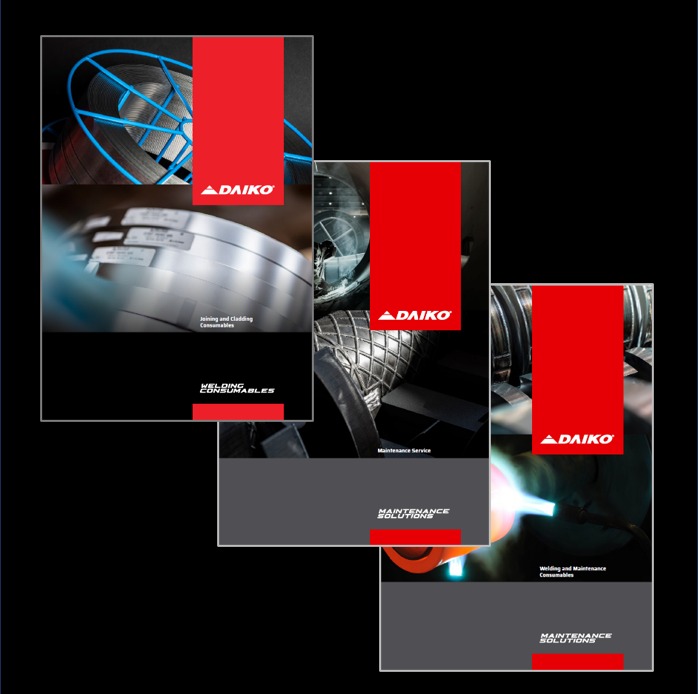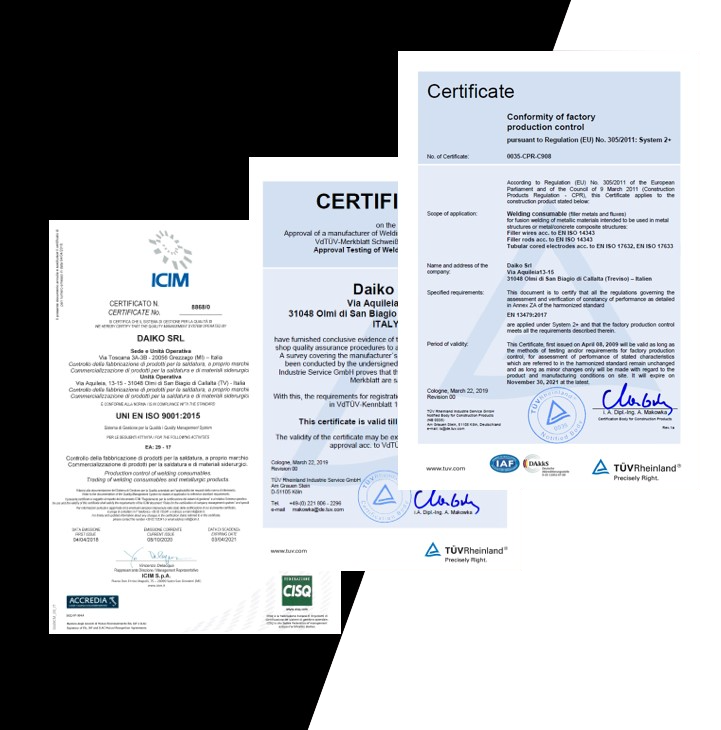- Home
- >
- All DAIKO products
- >
- CREEP RESISTING STEELS
- >
- 9CrMo
9CrMo
Application
Designed for elevated temperature applications, this alloy offers a commendable level of corrosion resistance in demanding environments like superheated steam, hot hydrogen gas, and high-Sulphur crude oils. It surpasses the performance of 5%Cr-0.5%Mo steels, making it the preferred choice when elevated performance is essential. Well-suited for welding heat-treatable, quenched, and subsequently tempered steels, as well as for tubes resistant to caustic embrittlement, this alloy proves its versatility in a range of applications. It confidently handles working temperatures up to 600°C. Primarily deployed in oil refineries and power plants, this alloy excels in critical components such as boiler superheater tubing, heat exchangers, piping, and pressure vessels. Its reliability and superior performance make it an optimal solution for high-temperature and corrosive environments in these industrial settings
Alloy Type
9%Cr-1%Mo martensitic alloy for elevated
temperature service.
Microstructure
In the PWHT condition the microstructure consists
of tempered bainite.
Materials
EN W.Nr.: X12CrMo 9 1 (1.7386), X7CrMo 9 1 (1.7388), GS-12CrMo 10 1 (1.7389).
ASTM: A387 gr. 9, A335 gr. 9, A234 gr. WP9 (fittings), A199 gr. T9, A213 gr. T9, A182 gr. F9, A336 gr. F9, A217 gr. C12.
Welding & PWHT
Due to the inherent hardness observed in the as-deposited state, reaching values of up to 450HV, and the relatively diminished fracture resistance characteristic of the martensitic 9CrMo microstructure, it is imperative to implement a preheat and maintain a minimum interpass temperature of 200°C to prevent hydrogen-induced cracking. Ensuring electrodes are meticulously controlled and handled is crucial to achieve weld metal with hydrogen levels below 5ml/100g. In the context of TIG root runs or all-TIG welds, consideration may be given to a lower preheat of 150°C. During welding, complete transformation within the working range of 200-350°C may not be achieved. Therefore, partial cooling to around 150°C is recommended before direct transfer to Post-Weld Heat Treatment (PWHT), followed by Non-Destructive Examination (NDE). If PWHT is intended after complete cool-out and NDE, maintaining the preheat temperature for a specified duration, according to thickness, is advisable to promote effective hydrogen dispersal. Notably, this precaution holds less significance for TIG and solid wire MAG processes. PWHT to temper the weldment typically falls within the range of 705-780°C, as outlined in ASME B31.3 (e.g., 705-760°C). The minimum recommended holding time for this process is two hours. For castings, the suggested minimum PWHT temperature is lower, with specified temperatures as low as 670°C.
Products of the line 9CrMo
| Product name | Process | AWS specifications | EN ISO specifications | |
| DAIKOFCW 9CrMo | FCAW |
AWS A5.29
E81T1-B8 |
EN ISO 17634-B
T55T1-1C/M-9C1M |
|
| DAIKOWT 9CrMo | GTAW |
AWS A5.28
ER80S-B8 |
EN ISO 21952-A
W CrMo 9 Si |
|
| G-TECH 9CrMo | SMAW |
AWS A5.5
E8015-B8 |
EN ISO 3580-A
E Cr Mo 9 B 42 |
|
| DAIKOWM 9CrMo | GMAW |
AWS A5.28
ER80S-B8 |
EN ISO 21952-A
G CrMo 9 Si |
|
| DAIKOWS 9CrMo | SAW |
AWS A5.23
EB8 |
EN ISO 24598-A
S CrMo9 FB |


